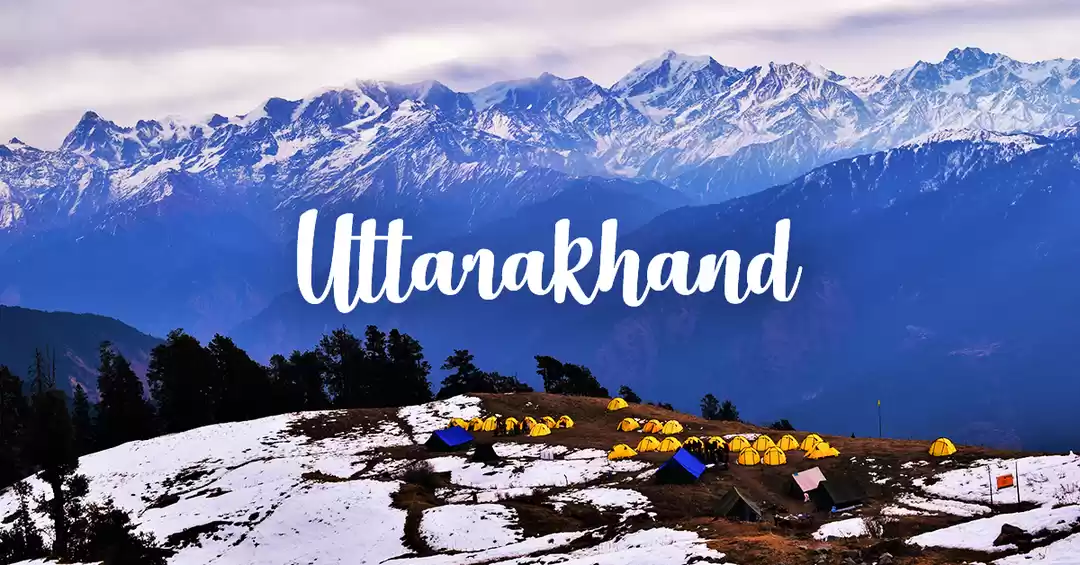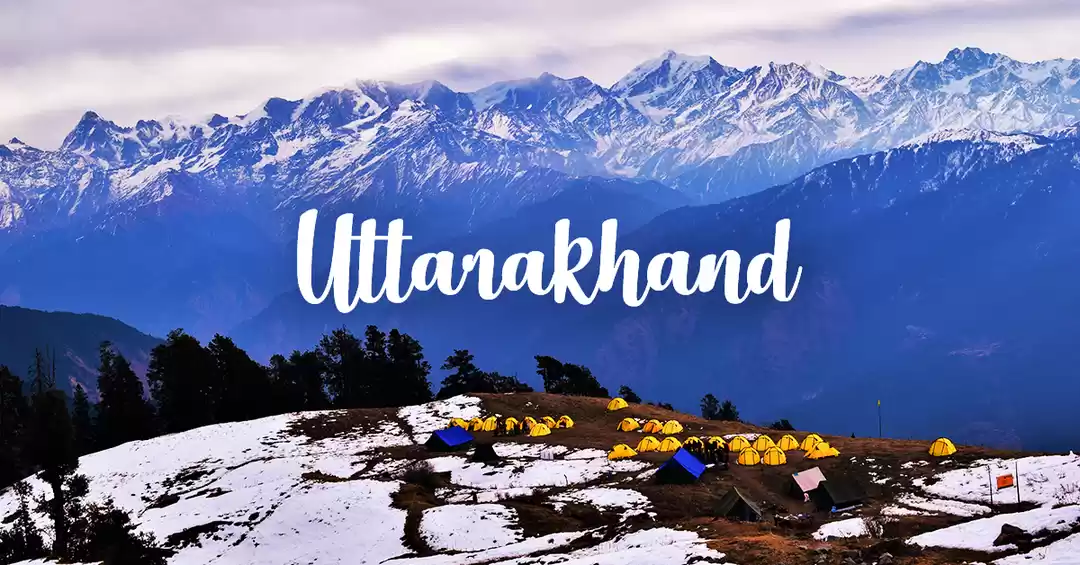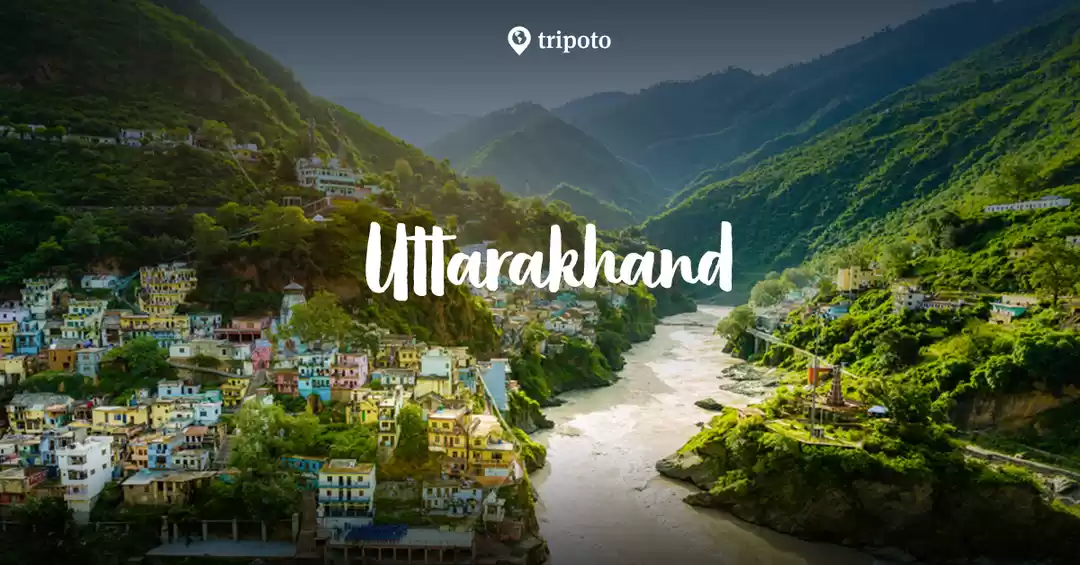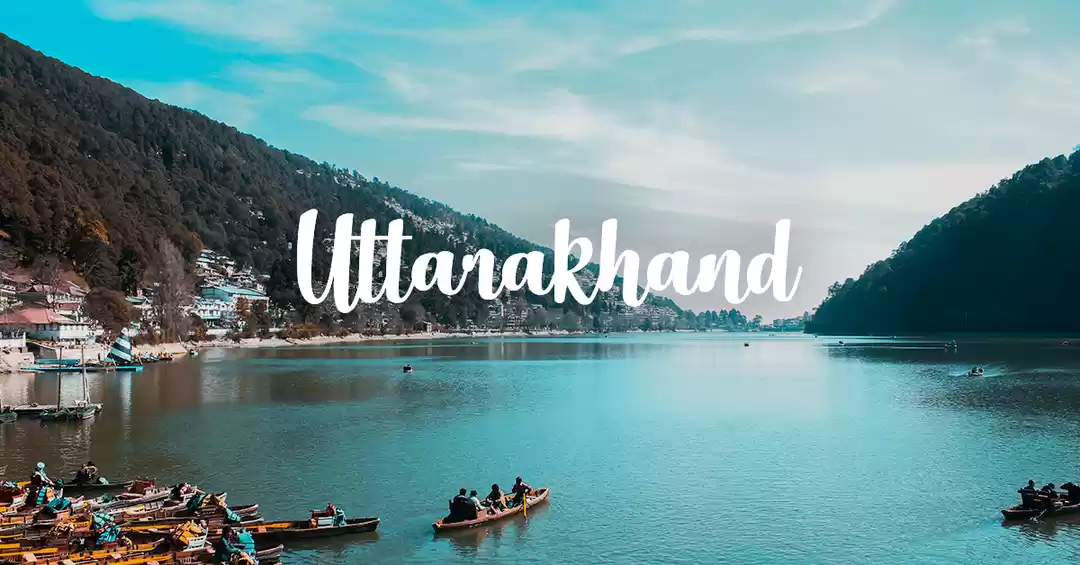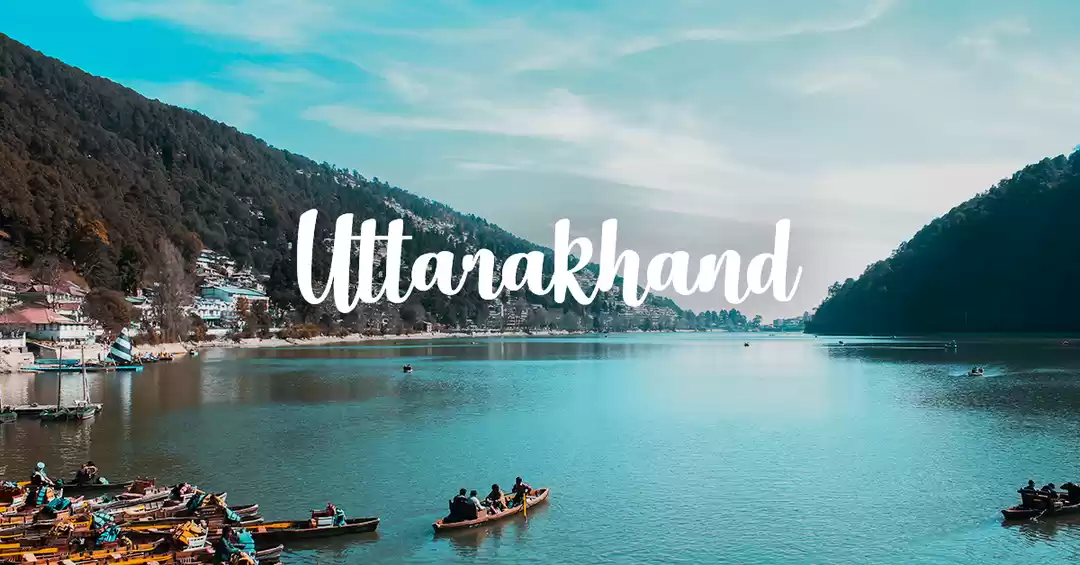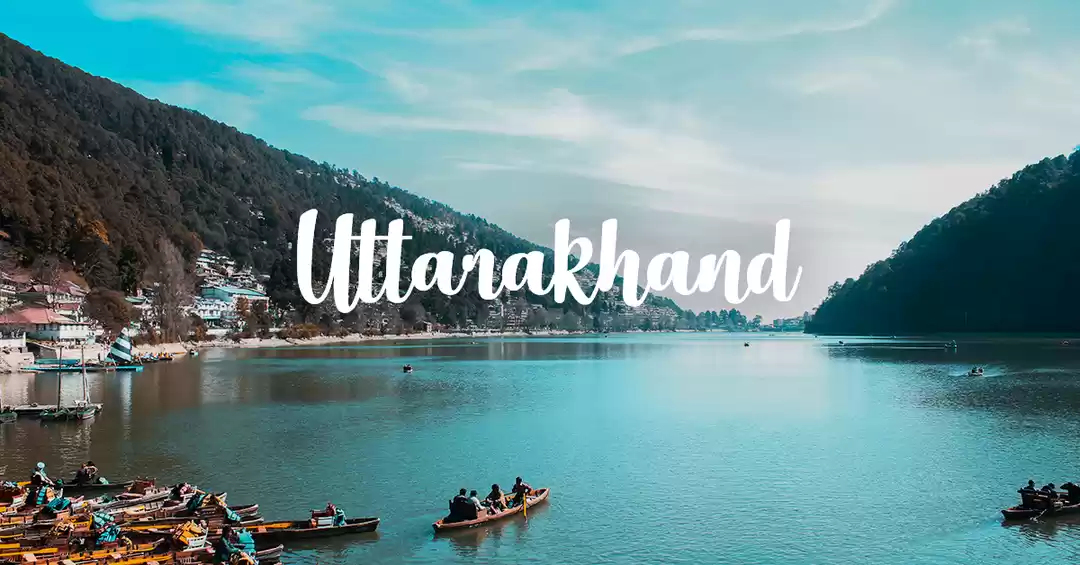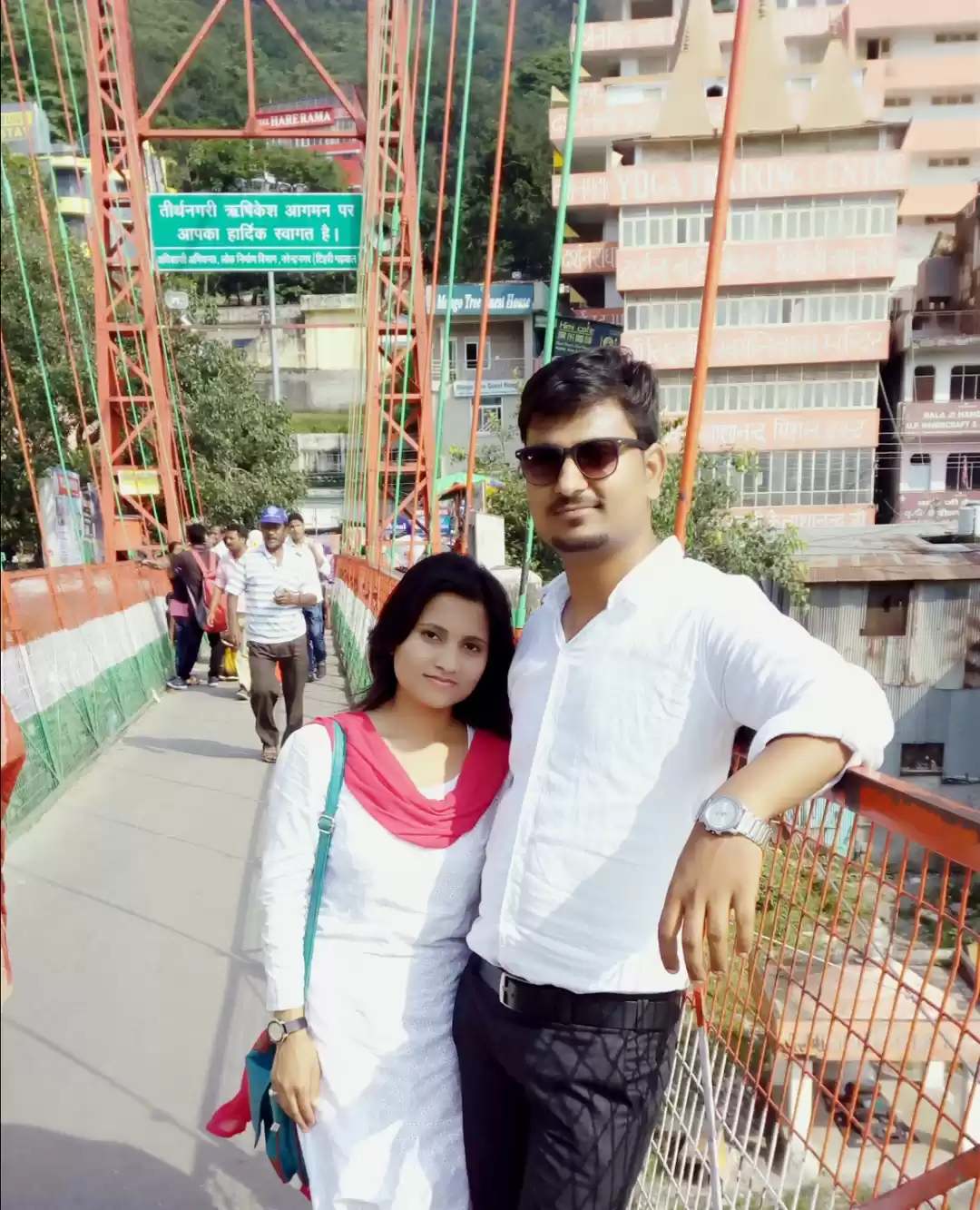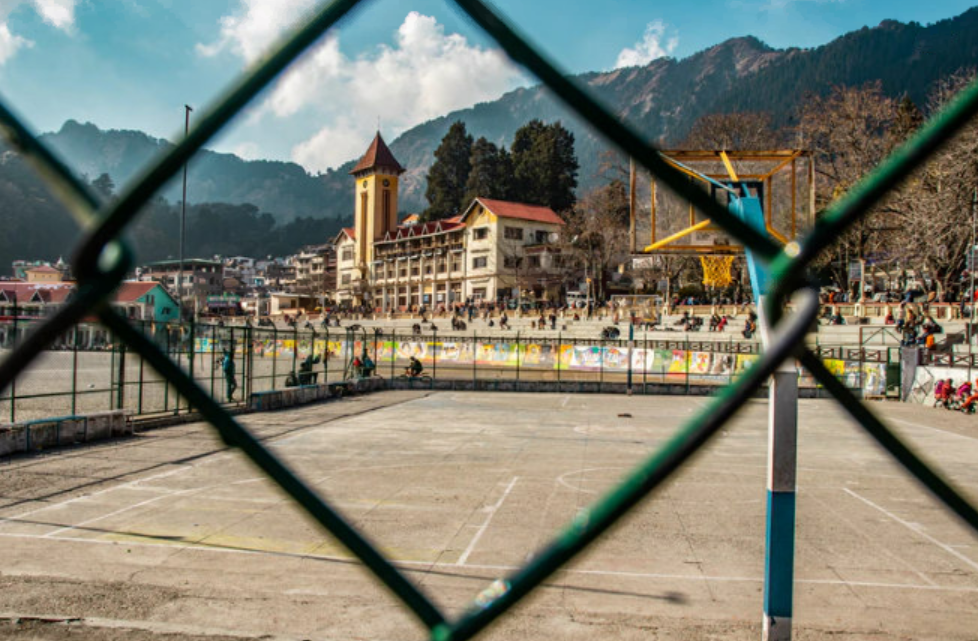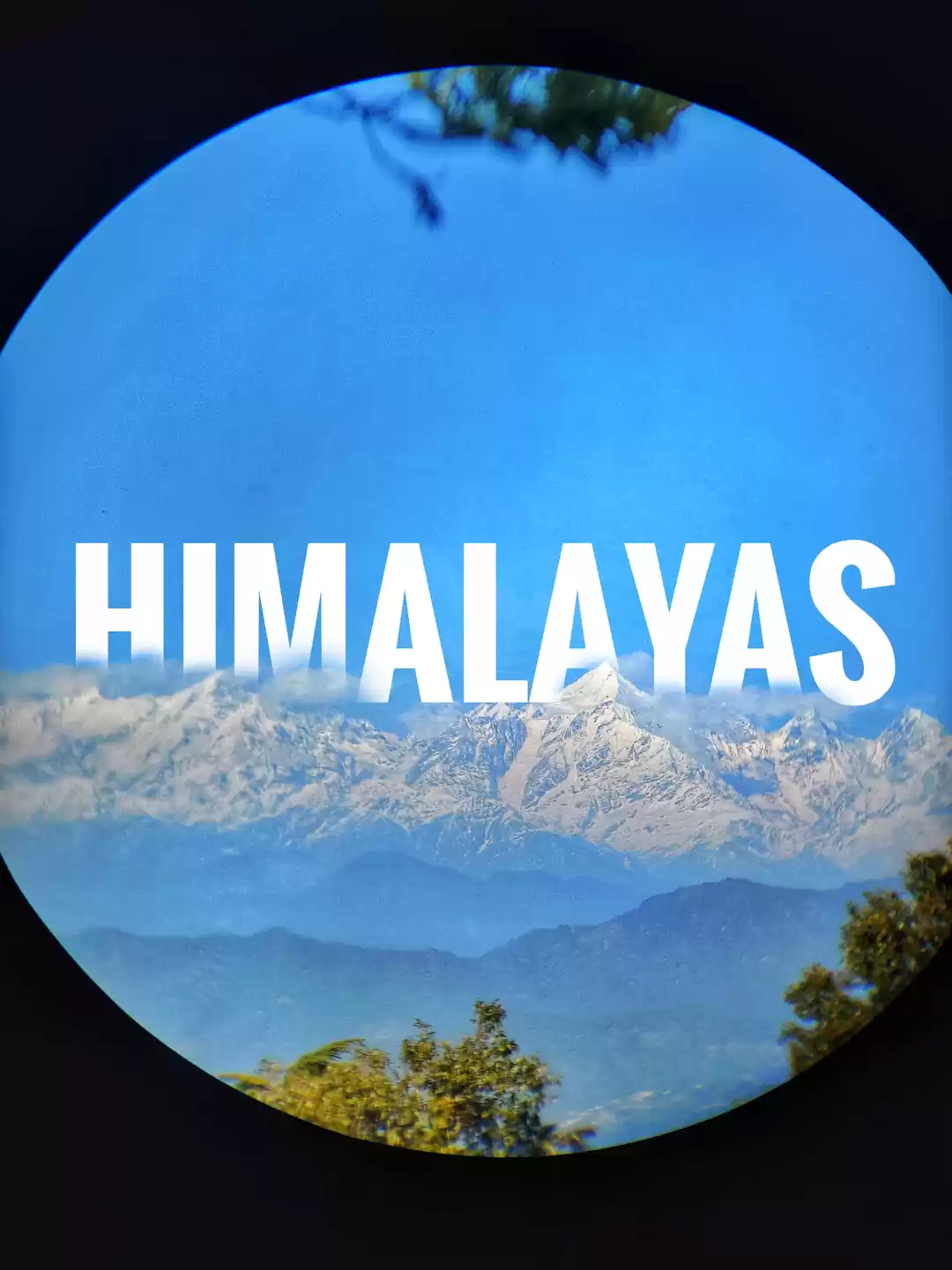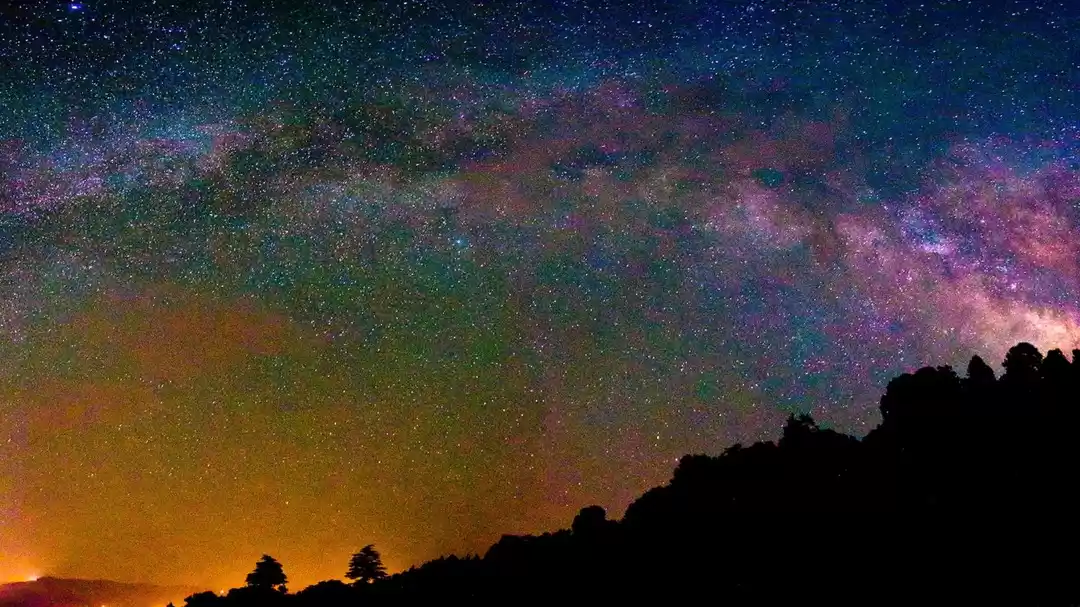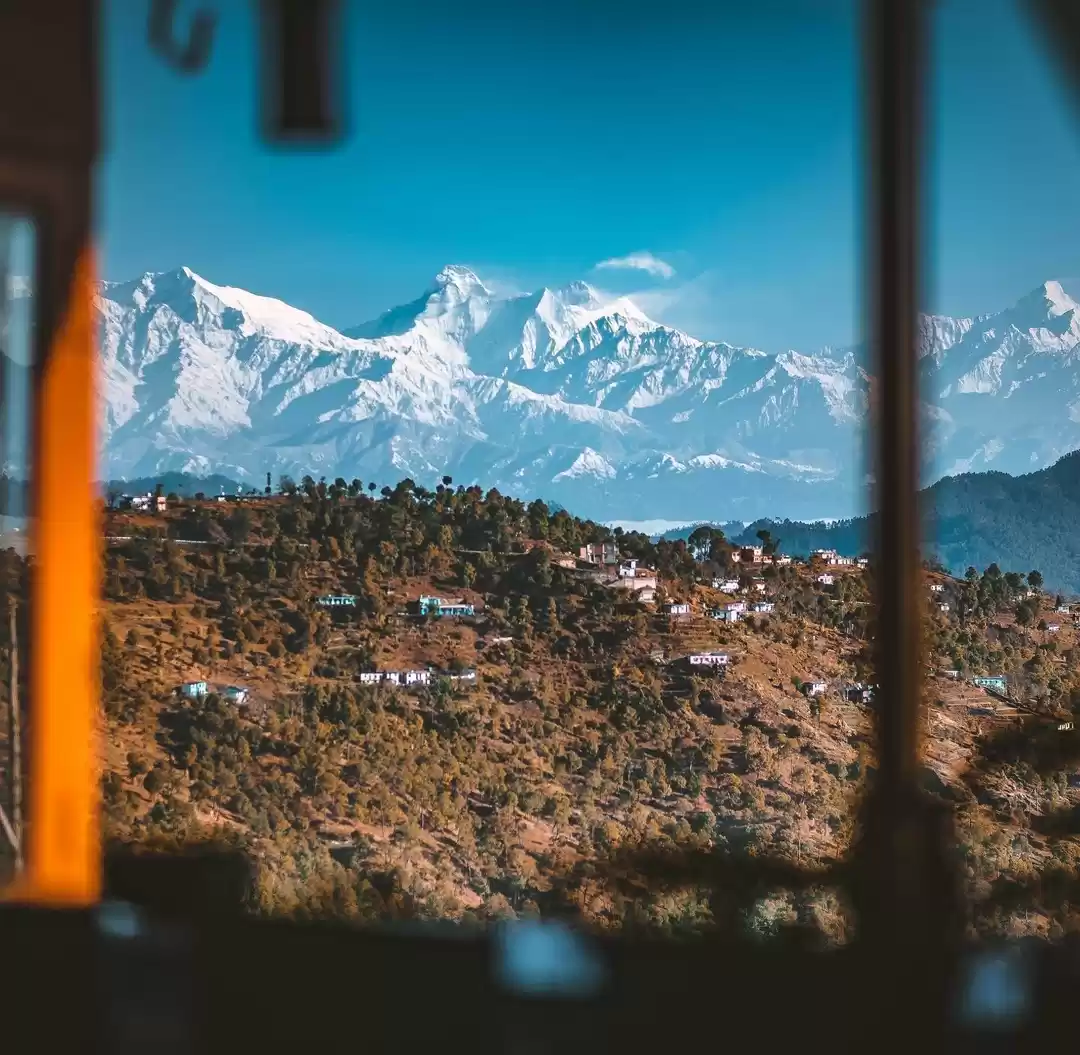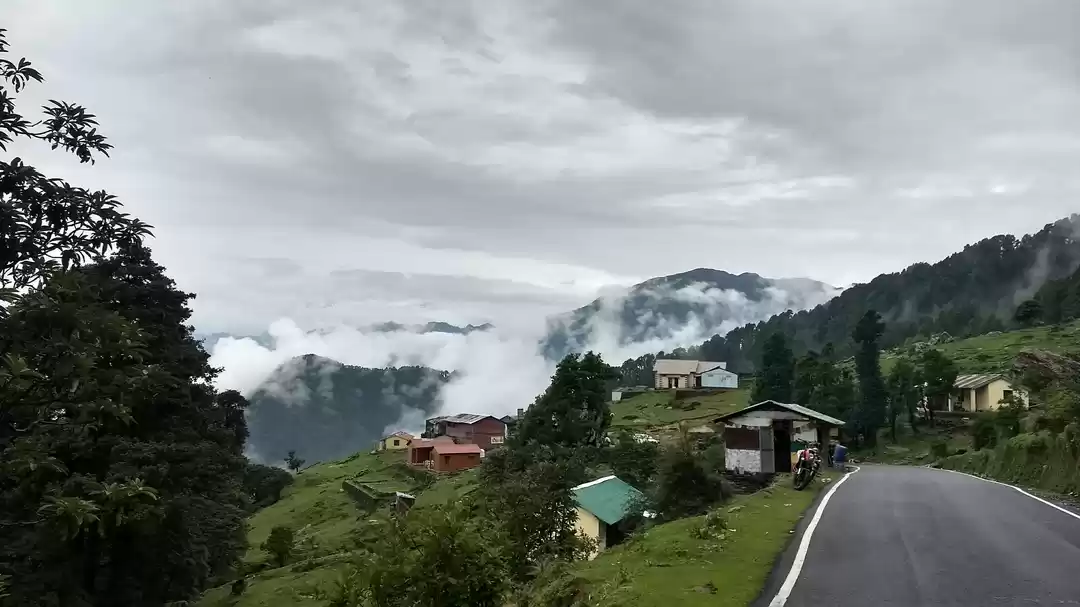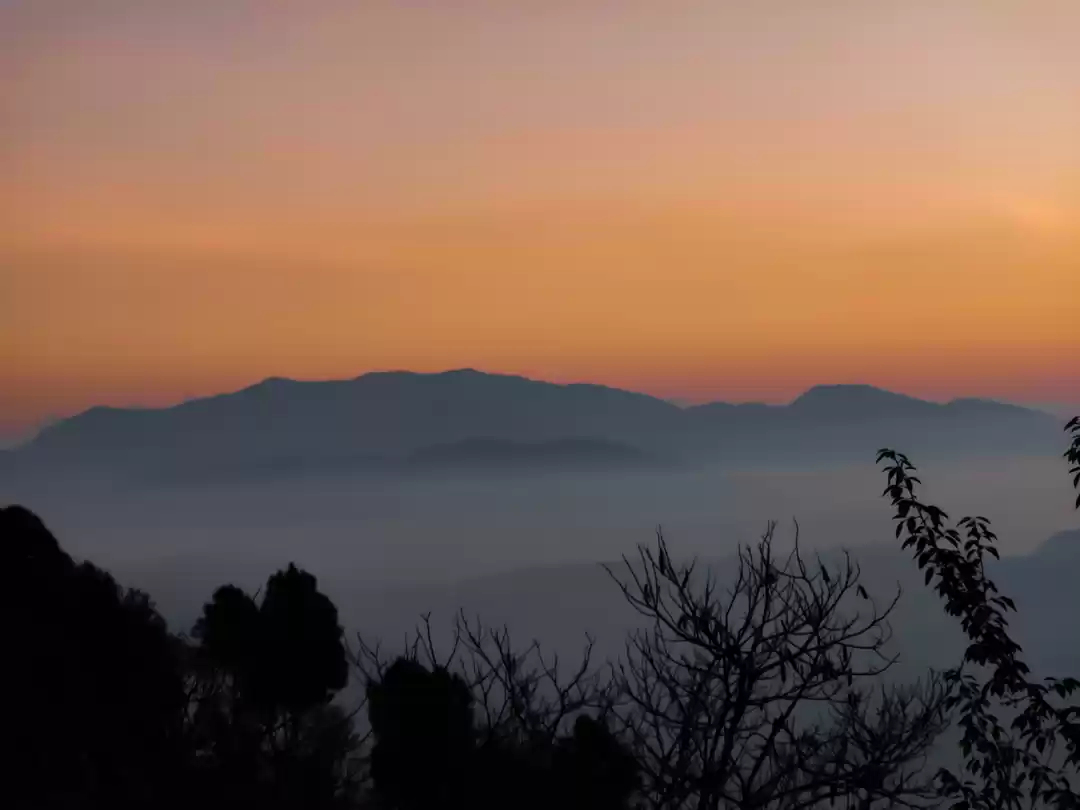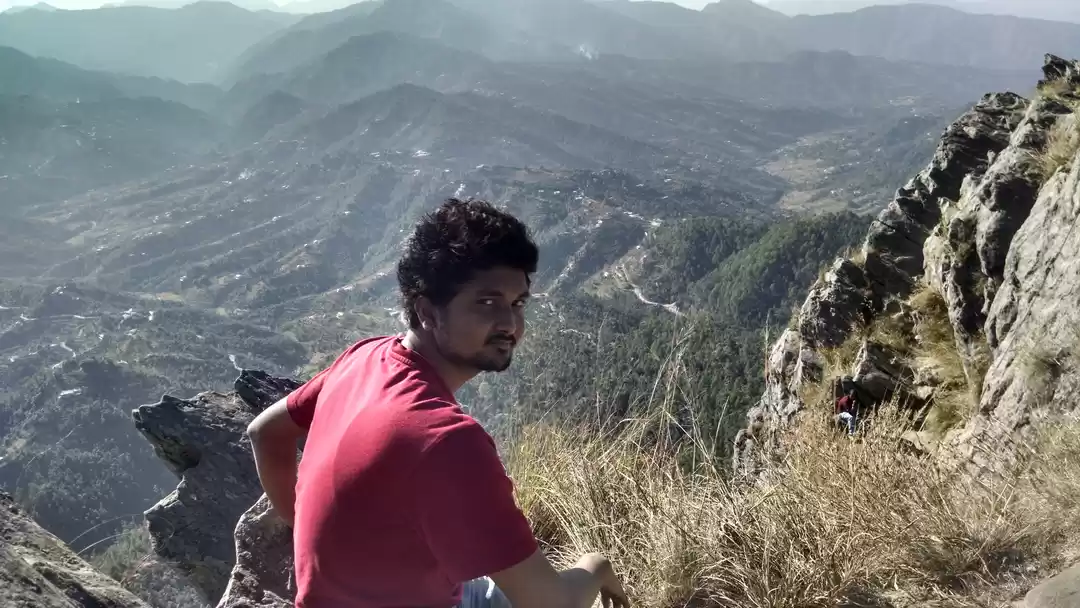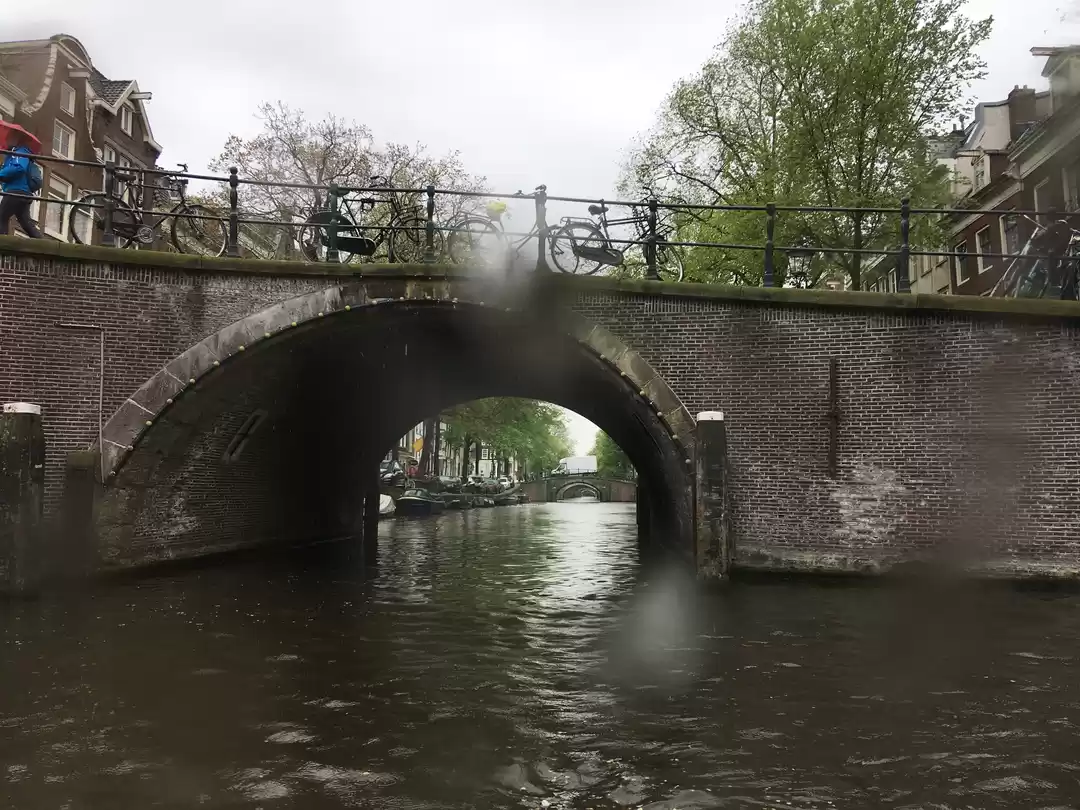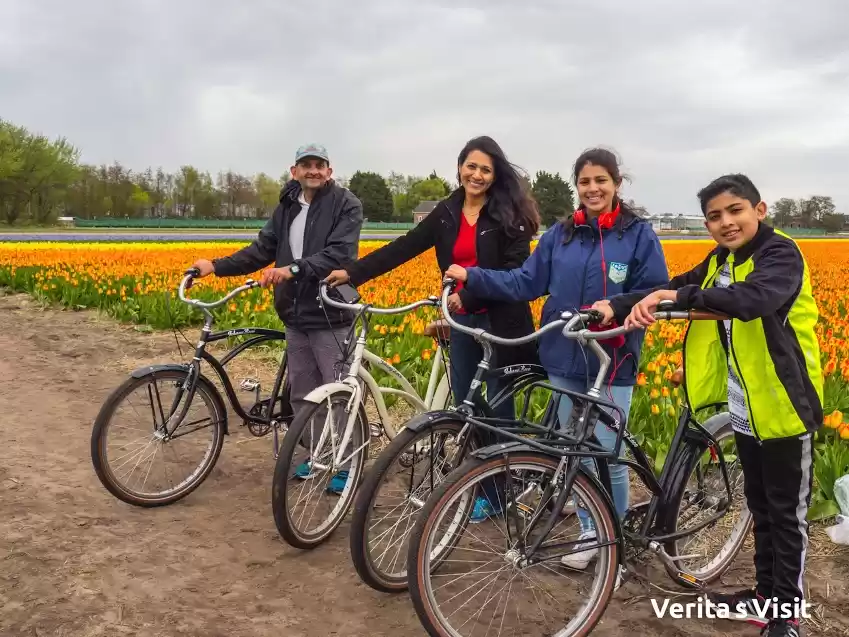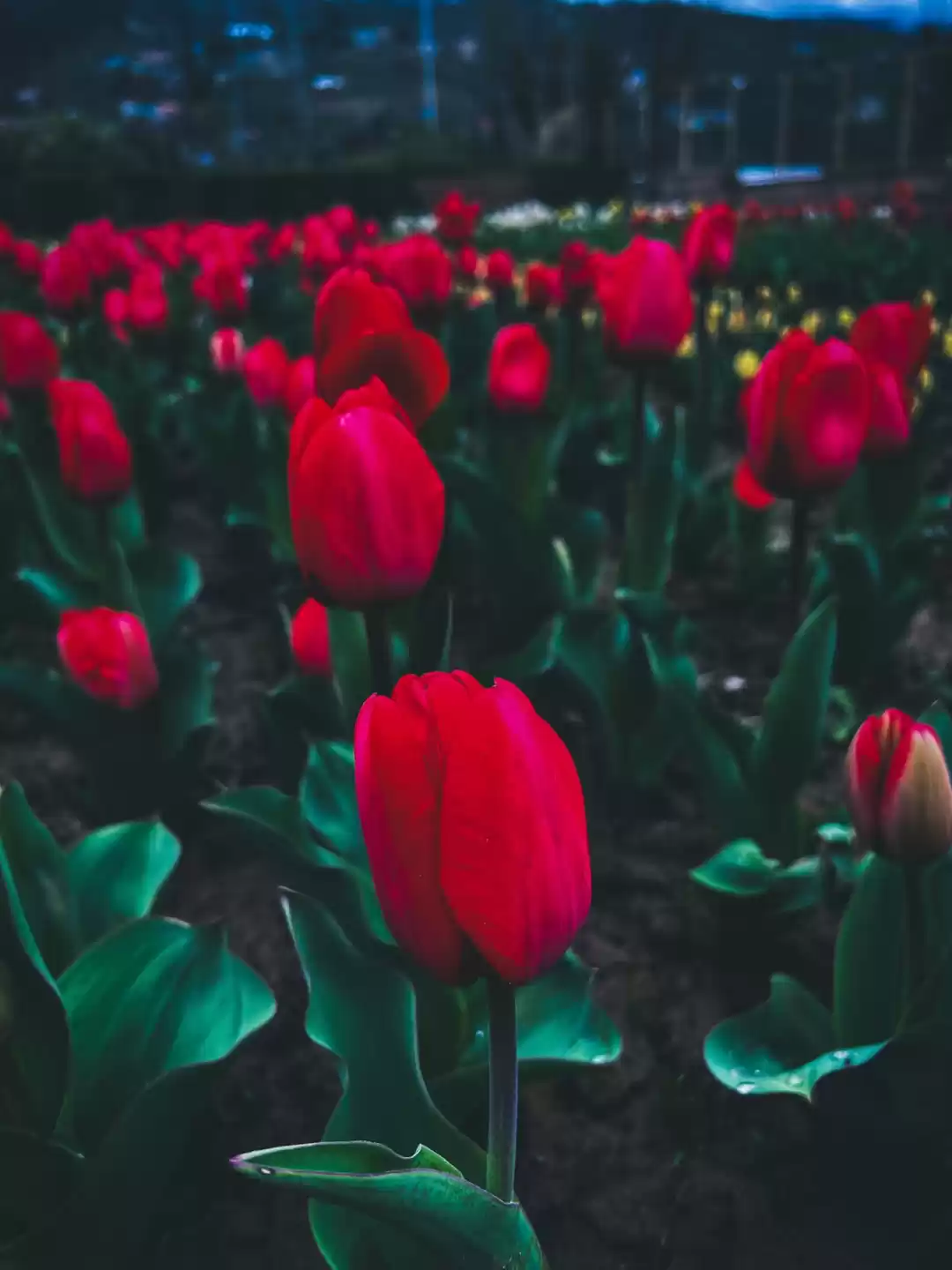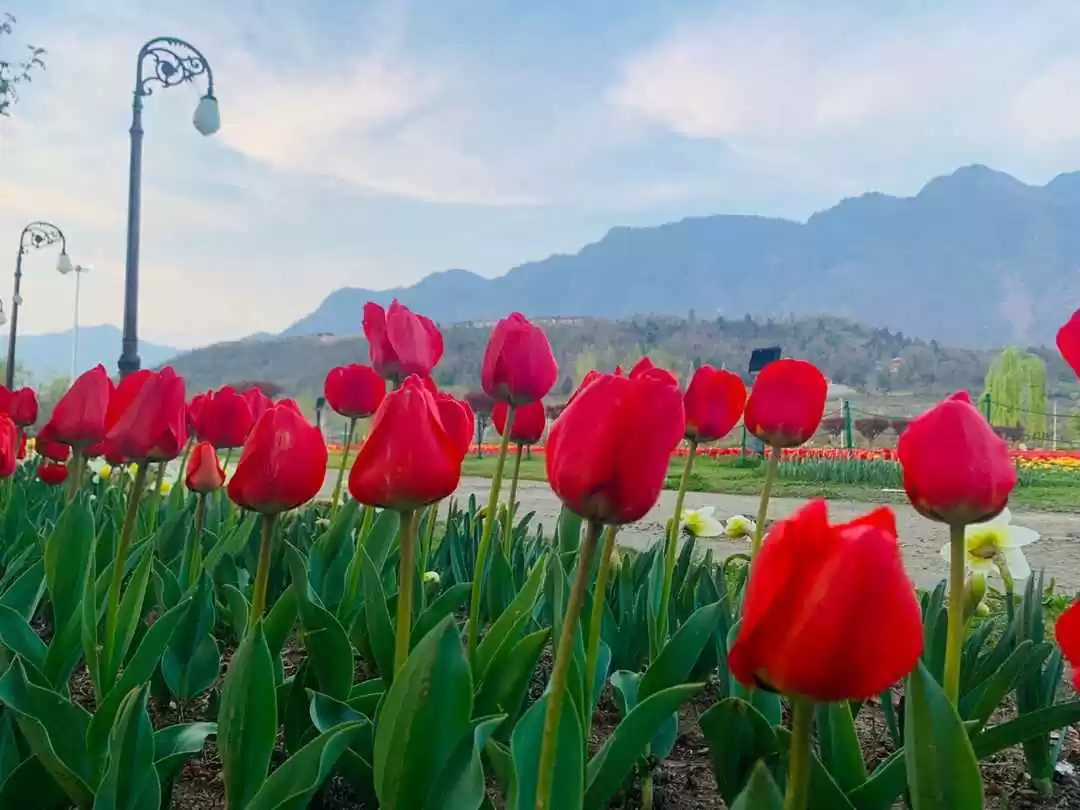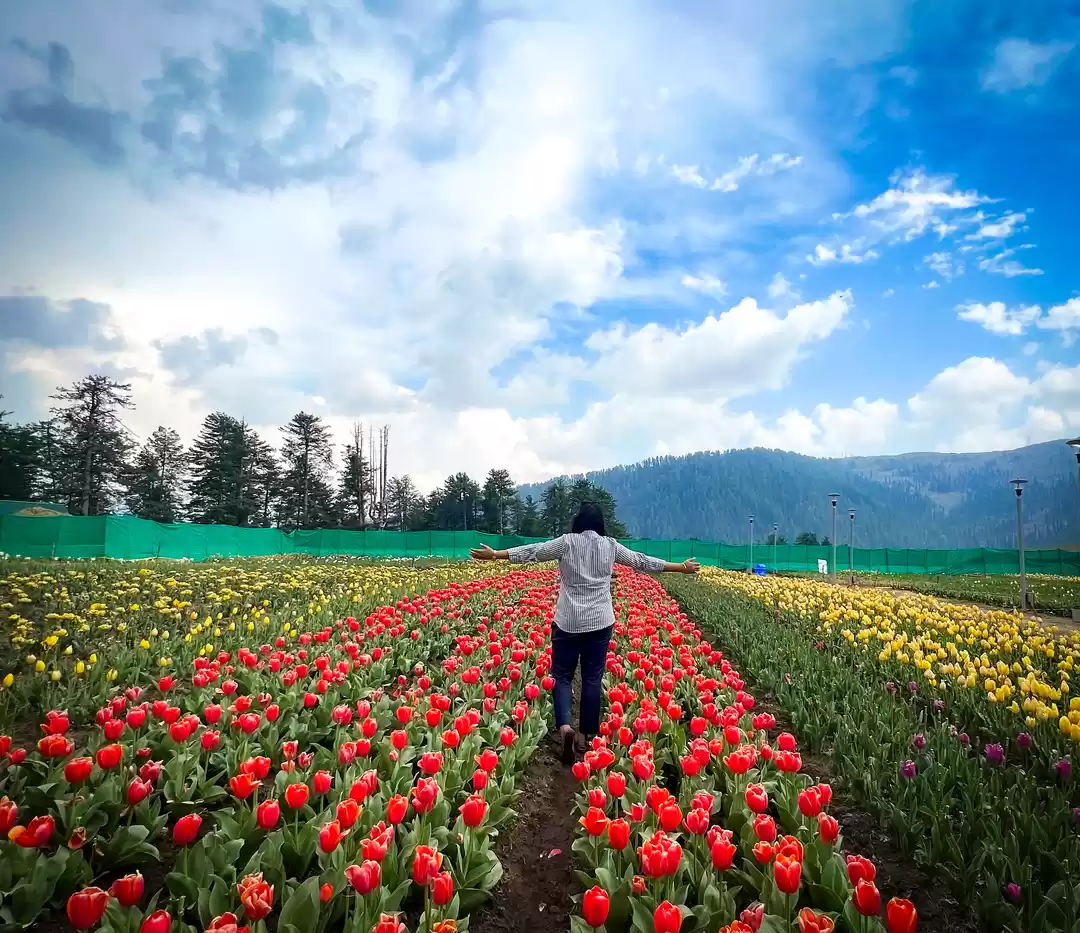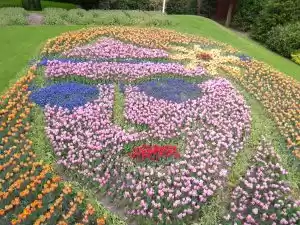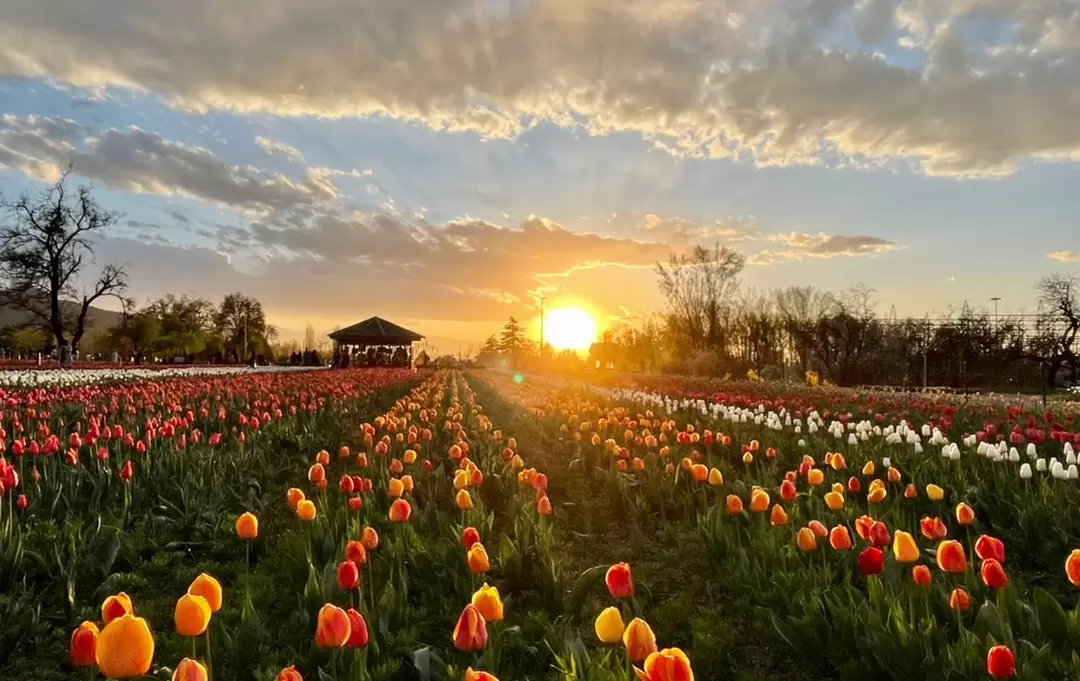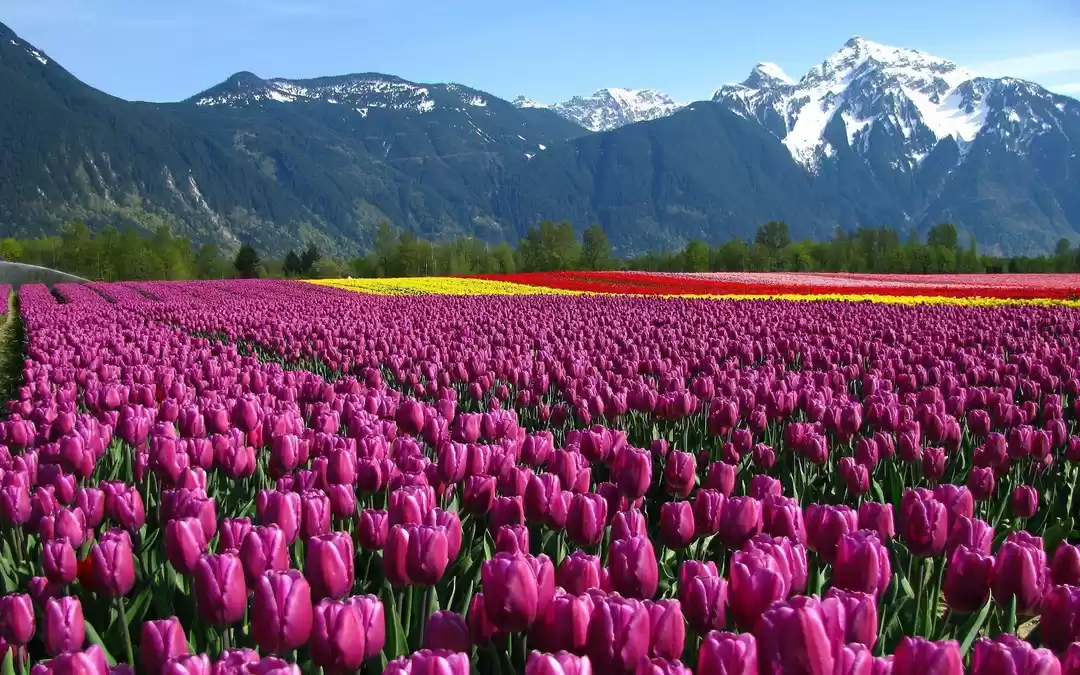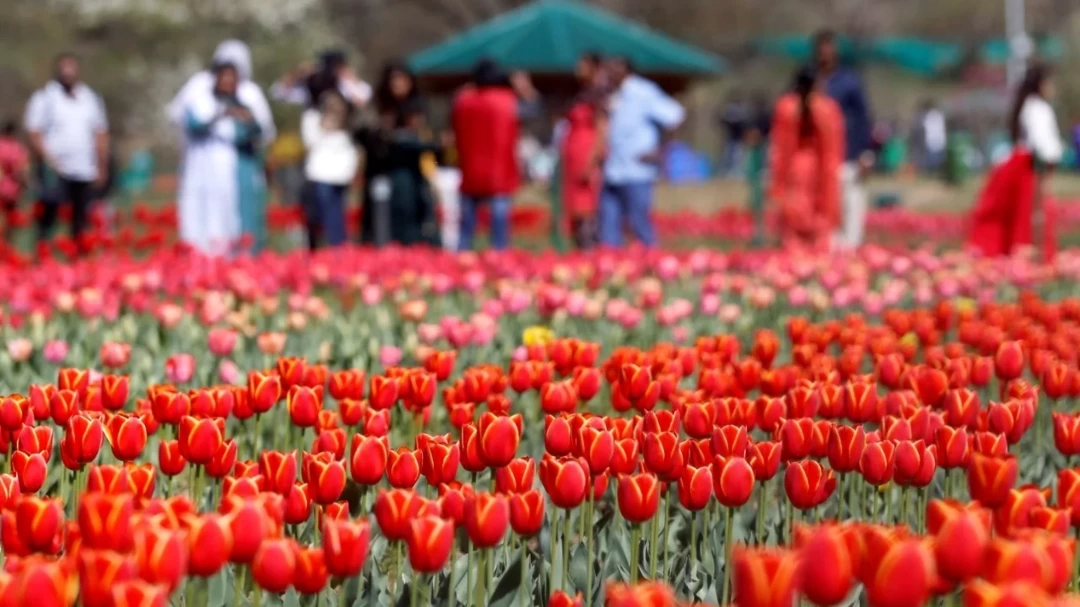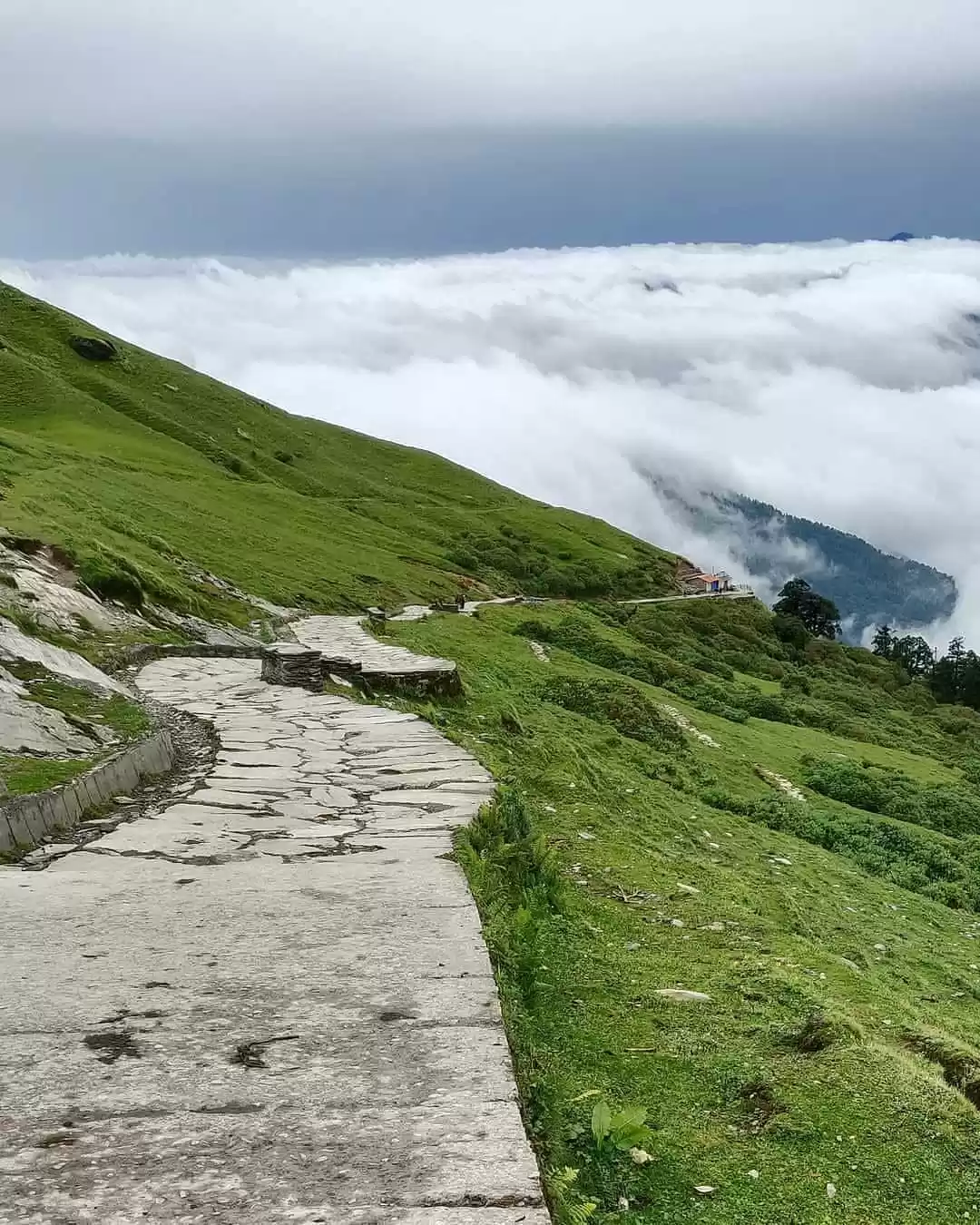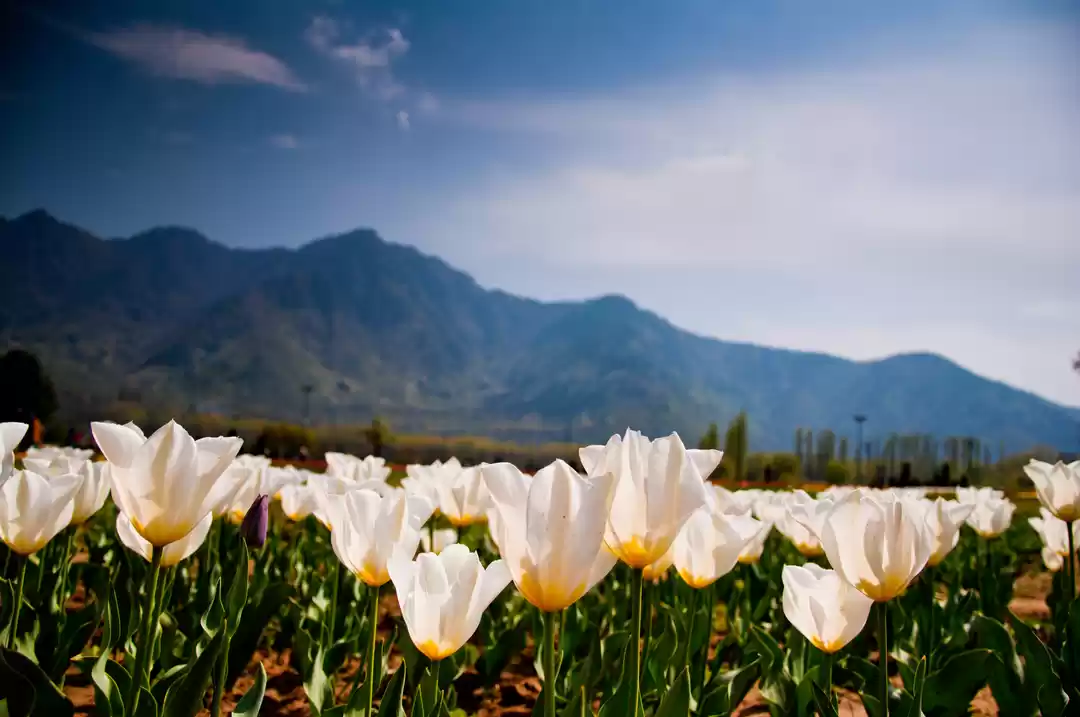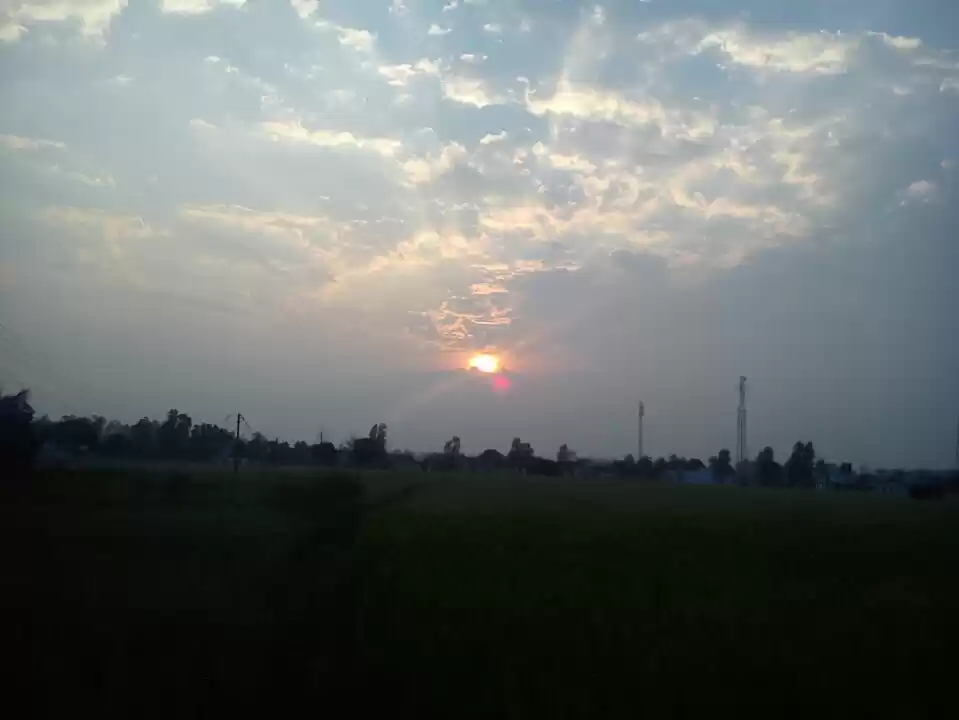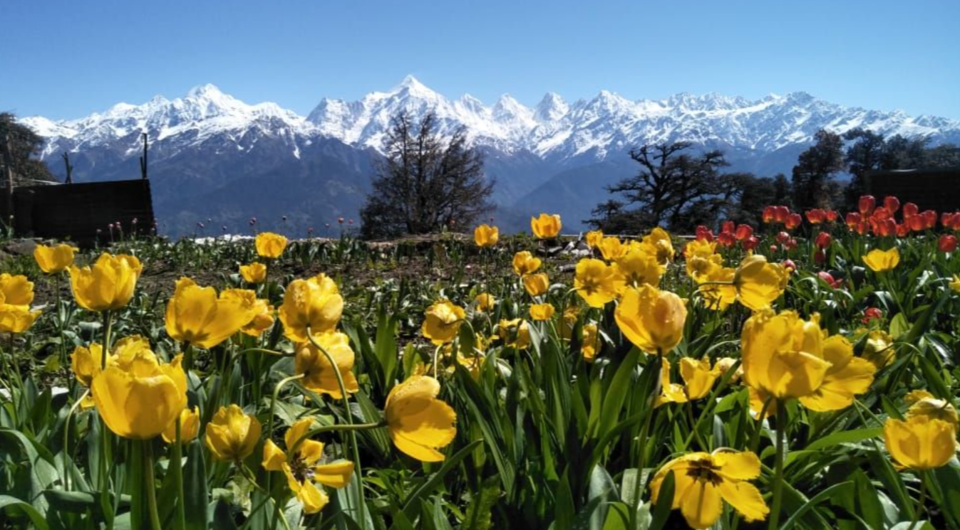
Imagine yourself as a deer, prancing and hopping through a blooming sea of multi-hued flowers. The sun calmly rises over the snow-capped peaks, which encapsulates this pristine setting. The white peaks are gently painted with streaks of a yellowish-orange hue. A refreshing breeze sweeps past the green meadows. As your gaze sweeps around the aesthetic landscape, you are greeted with love and beauty of blooming tulips, of all colours and sizes. You pause, take a breath and close your eyes as the aroma of fresh flowers overpowers your sensory organs. You are transported to paradise.
Welcome to Munsiyari which now houses the world's largest tulip garden.
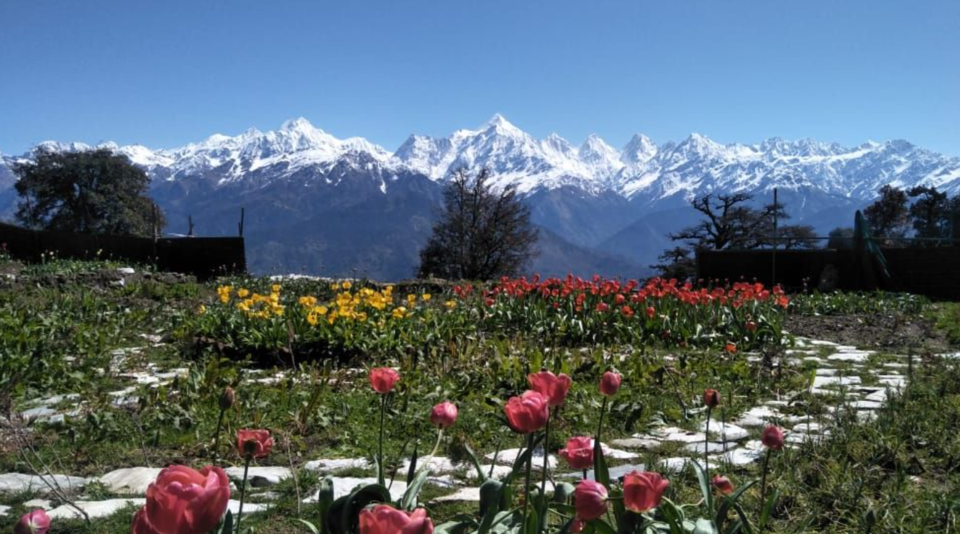
The first thing comes to mind when someone says tulip is either the Keukenh Tulip Garden in Netherlands or the Indira Gandhi Memorial Tulip Garden in Kashmir, home to the most aesthetically appealing and beautiful tulip gardens in the world.
But its time to move onto another sprawling garden which is spread over 50 hectares and set against the stunning backdrop of the Panchachuli range of the Himalayas. Situated in the picturesque Himalayan town of Munsiyari located in the forested land in Pithoragarh district of Uttarakhand, this garden was recently,virtually inaugurated by the Chief Minister and the mind-blowing pictures have left people in awe.
Every spring, this tulip garden is set to flower and transform into a carpet of blooming beauty, with other flowers such as daffodils, iris and lilium in accompaniment. This garden was brought to life by 25000 tulip bulbs imported from Netherlands.
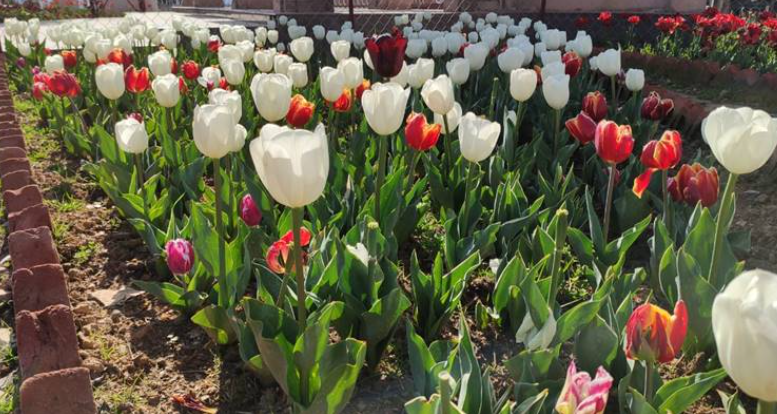
Whether it is the pure white Royal Virgin or the deep maroon 'Queen of the night' tulip, the snowy white 'Hakuum' or the cream coloured 'Purissima' tulip, this garden definitely promises a visual escape to paradise. Sadly this year due to the pandemic, the Mostyamanu and Pashupatinath temple in Chandak hilltop area in Pithoragarh this year bore witness to the bloom solely, by itself. Not even a single visitor could relish this beauty before the petals shed with the promise to return next spring.
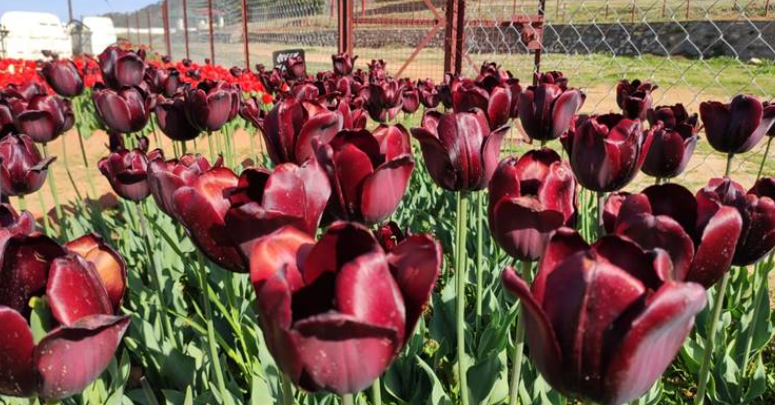
The garden got an approval from the Central government for development in January 2019 and by spring 2020, it was ready and already in bloom. To attract tourists and provide for their comfort as they visit this garden in the coming years, several huts and tents will be set up as a part of the Munsyari Nature Education and Eco Park Centre. This will prove to be a good source of income and employment for the locals. Moreover, the government sees this as an opportunity to promote tourism in the state by featuring this garden in several movies and documentaries in the near future.
Hoping that travel will resume soon, once this pandemic subsides, here is something to add on to your bucket lists.
HOW TO REACH:
By flight : Pantnagar serves as the nearest airport to Munsiyari lying at a distance of 249 km. It is connected with daily flights from Delhi. Taxis ply from there to Munsiyari.
Naini Saini Airport in Pithoragarh is the other option, though flights are not frequent.
Dehradun airport is over 200 km from Munsiyari. One can book taxis from there which take you through Mussoorie, Dhanolti, Srinagar, Rudraprayag, Gwaldam and Bageshwar
By train Kathgodam (275 km) and Tanakpur (286 km) are the two best options of the nearest railway stations. These stations are connected to major cities by a good rail network. Cabs and buses can be hired from outside the station which will take you to Munsiyari.
If taking a bus from Delhi, it is advisable to take a break at Almora or Pithoragarh and take another bus from there.
If driving from Delhi, the route goes via Nainital, Almora and Bageshwar.
Local transport mainly comprises taxis or one can rent jeeps. Monsoons are not the best time to visit because of poor road condition and chances of landslides.



